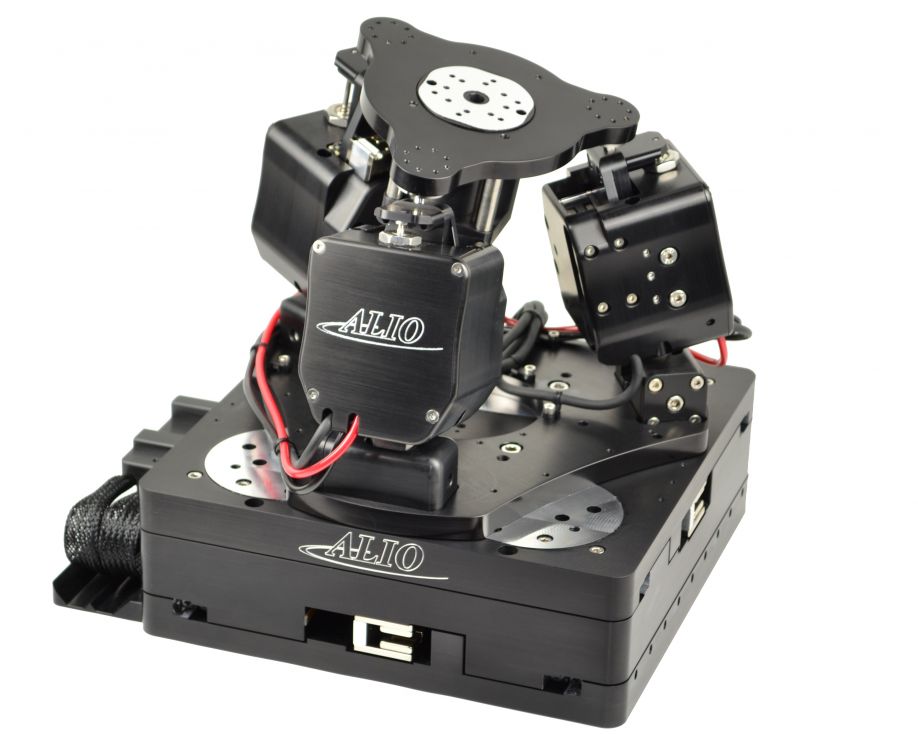How to Approach Make Vs. Buy Decisions for Optic Assembly
Before making a decision, it's important to analyze whether making or buying optical parts and components is the best approach for your team, budget, and business goals.
Use Case: How an Auto Tier-one Halved Its Defect Rate Using Video as a Spot-training Tool
In practice, the gap between when the problem occurs and when root cause analysis is complete means that by the time your trainers and quality engineers are ready to talk to the operators, the operators themselves have long since moved on.
What Is the Point in Precision?
The concept of "precision" is analysed, and it is suggested that when looking at motion control solutions that provide sub-micron and nanometer-level accuracy, a new language is necessary, and new standards are required to indicate the real levels of precision...
Records 1 to 3 of 3
Featured Product

T.J. Davies' Retention Knobs
Our retention knobs are manufactured above international standards or to machine builder specifications. Retention knobs are manufactured utilizing AMS-6274/AISI-8620 alloy steel drawn in the United States. Threads are single-pointed on our lathes while manufacturing all other retention knob features to ensure high concentricity. Our process ensures that our threads are balanced (lead in/lead out at 180 degrees.) Each retention knob is carburized (hardened) to 58-62HRC, and case depth is .020-.030. Core hardness 40HRC. Each retention knob is coated utilizing a hot black oxide coating to military specifications. Our retention knobs are 100% covered in black oxide to prevent rust. All retention knob surfaces (not just mating surfaces) have a precision finish of 32 RMA micro or better: ISO grade 6N. Each retention knob is magnetic particle tested and tested at 2.5 times the pulling force of the drawbar. Certifications are maintained for each step in the manufacturing process for traceability.



